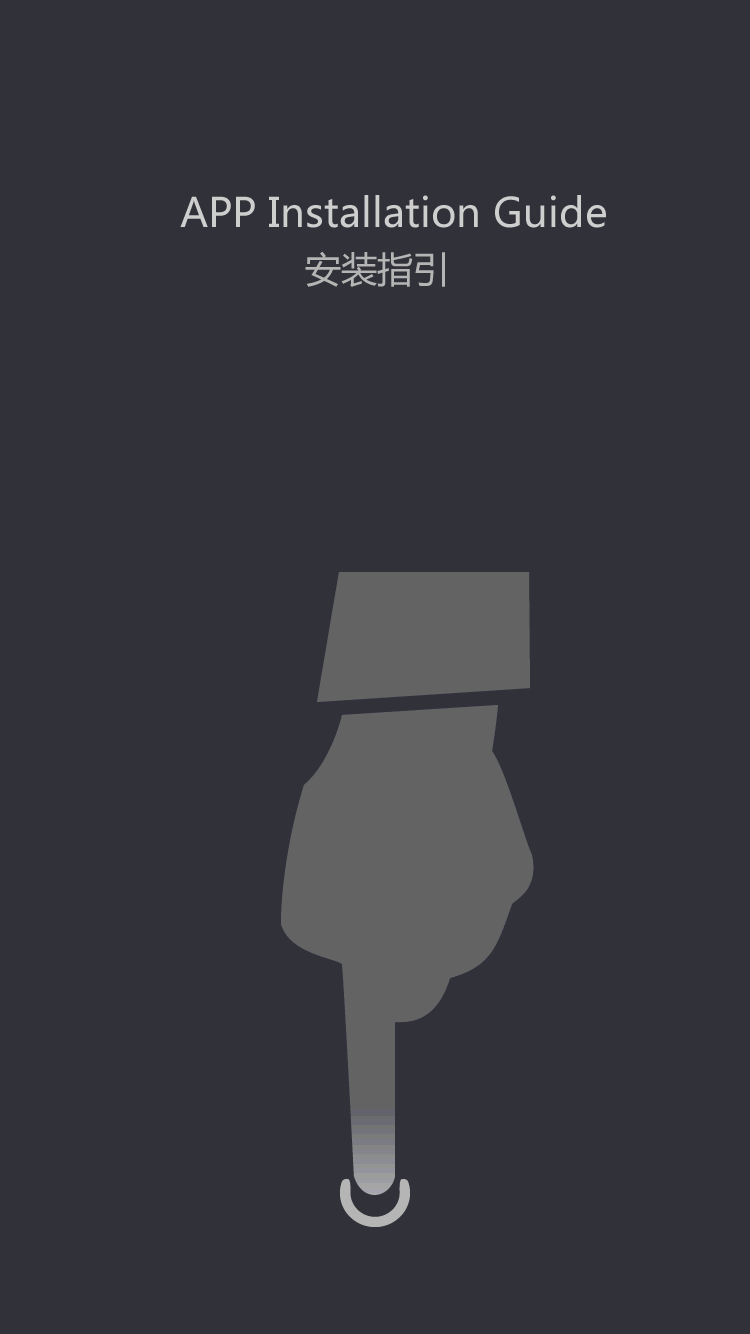Navigating the world of mastectomy bras and prostheses
by:Douai
2020-05-11
Fortunately, today's mastectomy bras come in all of the same styles and many of the same colors as regular bras. This makes it relatively simple to find one that is comparable to a style that one may already be used to wearing. In fact, modern designs include the regular shoulder-strap style as well as cross back and athletic mastectomy bras and even strapless for formal wear.
A client should start by getting fitted with a mastectomy prosthesis as soon as healing is complete after surgery. These are sometimes referred to as 'breast forms,' and are typically made of silicone gel inside a soft, flexible plastic shell. They come in a vast array of cup sizes, colors and shapes in order to match as closely as possible the existing breast (in the case of single mastectomy patients.) A mastectomy prosthesis may or may not be fashioned with a nipple, depending on a particular client's preference.
Clients who prefer may also have a custom prosthesis formed. This can help produce a breast form that more closely resembles the remaining breast in the case of a single mastectomy surgery. Customized forms are considerably more expensive, but may be important in making a client feel better about the way she looks.
Mastectomy bras are designed with pockets inside the cups. The mastectomy prosthesis slips snugly inside the pocket. For this reason, it's important to choose a bra that fits correctly. A properly-fitted mastectomy bra will ensure that the breast form rests firmly against the chest and doesn't slip from side to side, up or down.
Choosing the right fit differs depending on whether one or both breasts have been removed. Single mastectomy patients should choose a breast form in the same cup size as the existing breast. The right prosthesis will fit closely to the chest without any gaps or air pockets. It may require trying several different shapes to find the best fit.
Double mastectomy patients can choose any cup size when it comes to breast forms. Most patients feel most comfortable choosing prostheses that are the same as her former cup size. However, it is possible to choose a smaller or larger cup size if preferred. It's usually recommended in this case not to go more than one cup size larger or smaller. It's also recommended to choose a shape that is most similar to her own breasts and that conforms to her body shape/type. This will help to make a more natural transition.
Once a client has found the right prosthesis, she should use them to help fit the new mastectomy bra. They are fitted the same way as regular bra is fitted. First, a tape measure should be wrapped around the chest where the lower fold of the breast or breast form meets the chest. The total circumference will determine the band size of the mastectomy bra.
Next, the tape measure should be wrapped around the chest over top of the breasts/breast form(s). It should rest against the nipple or the highest peak of the breast snugly but not tightly. The first measurement (chest circumference) should then be subtracted from the second measurement (chest plus breast circumference.) The difference determines the proper cup size.
Mastectomy bra manufacturers may use different cup sizing charts from one another. Even different styles of bras made by the same manufacturer may have different sizing charts. It's important to compare this cup size measurement (chest/breast circumference minus chest circumference) to the manufacturer's sizing chart to determine the correct cup size for a particular style of bra.
A proper-fitting mastectomy bra will rest firmly against body but will not cut into the skin. It should not leave marks or indentations in the skin after removal. It will hold the mastectomy prosthesis firmly in place. In the case of a single mastectomy, it will appear undetectable from the remaining natural breast. Whether a client has had one or both breasts removed, the mastectomy bra should feel comfortable, and most of all, should look good and make her feel proud to be a breast cancer survivor.





























